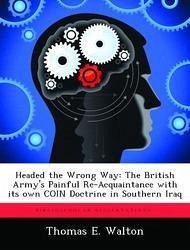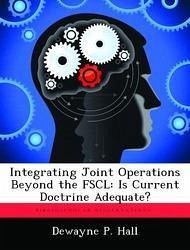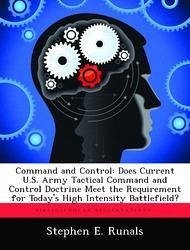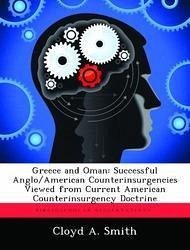Nicht lieferbar

Coin Goes Glocal: Traditional Coin with a Global Perspective: Does the Current Us Strategy Reflect Coin Theory, Doctrine and Principles?
Versandkostenfrei!
Nicht lieferbar
The post-9/11 security environment is extremely dynamic and complex. There has been much discussion regarding the threat, the nature of the conflict and the national strategies to address this environment. It is the hypothesis of this monograph that the current conflict is most accurately characterized as a global counterinsurgency against the Westphalia nation-state system by an Islamist terror network and the overarching jihadist movement and as such, the ends, ways and means of current national strategies must be congruent with counterinsurgency (COIN) theory, doctrine and principles. The e...
The post-9/11 security environment is extremely dynamic and complex. There has been much discussion regarding the threat, the nature of the conflict and the national strategies to address this environment. It is the hypothesis of this monograph that the current conflict is most accurately characterized as a global counterinsurgency against the Westphalia nation-state system by an Islamist terror network and the overarching jihadist movement and as such, the ends, ways and means of current national strategies must be congruent with counterinsurgency (COIN) theory, doctrine and principles. The evaluation criterion for this research is two-fold. The strategy model formulated by Army War College instructor, Art Lykke serves as the foundation for the analysis. In examining the relative balance of the ends, ways and means of the current national strategies, this monograph compares the stated strategies to COIN theory, doctrine and the principles and imperatives derived from historical and contemporary COIN experiences. The research leverages the classical COIN theory writings of Bard O'Neill, Sir Robert Thompson, and David Galula. It also utilizes the writings of contemporary authors such as David Kilcullen, Bruce Hoffman and Robert Cassidy. These contemporary authors are the leading advocates of addressing the current conflict as a global COIN and the adoption of a global COIN strategy. Additionally, this monograph references the recently released US Army/Marine COIN doctrine throughout. Ultimately the research concludes that while crafting a strategy that openly acknowledges the current conflict as a global counterinsurgency and responds accordingly would be optimal, the existing strategies, as written, are congruent with COIN principles. Where the strategy is out of balance is in the execution. In order to improve this strategic balance, the monograph recommends several changes. Structural changes to the national security apparatus are needed to ensure a coordinated a













